Volunteers help clean up critical habitat along Absecon Bay
Preservation of declining habitat is key to survival of high marsh wildlife
by Ben Wurst, Habitat Program Manager

As the sea rises, high areas on the coastal salt marsh will decline or disappear. These areas are higher in elevation and usually consist of more sandy soil. The sandy soil attracts nesting female diamondback terrapins, like many roadsides throughout New Jersey. As we harden shorelines to hold back floodwaters, terrapins will face more dangerous treks to find suitable nesting habitat, unless these high marsh areas are enhanced and elevations raised. For the past five years we have been surveying Route 30 (Whitehorse Pike) during summer months for the occurance of terrapins on the highway. Adult female terrapins enter the roadway while seeking these sandy areas above the high tide line. Most, if not all, do not survive crossing Route 30.
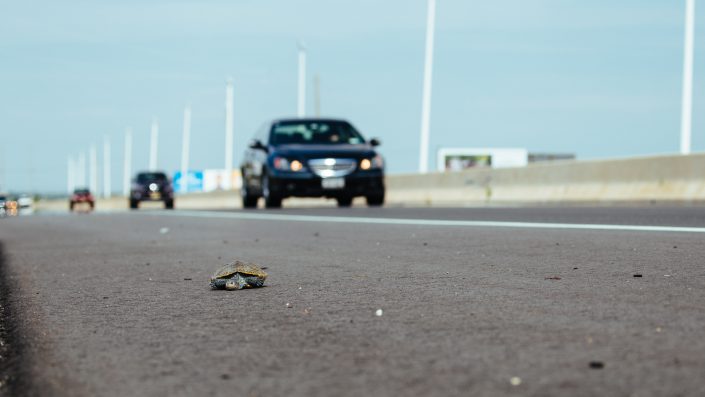
This year while conducting a survey we decided to check out an area (owned by NJDOT) which looked like a great place for females to nest (a sandy area above the high tide line). However, upon closer inspection, the site is used heavily by people to fish, crab, and unfortunately litter. We’ve learned that the site is a former mitigation site with a public access component. While the public does use the area to fish and crab, they also use it to dump litter and waste from recreational fishing activities and household debris, much of it being single use plastic, including bottles, cans, bags, styrofoam containers, clothing, cigarette butts, monifilament, and even a few pairs of shoes/flip flops. As we all know, plastic does not biodegrade, instead it breaks into smaller pieces and more easily enters the estuary, its inhabitants, and over time, our own bodies.

On October 27, at least 20 volunteers joined us to help pick up all the litter at this site. ACUA provided us with bags, safety vests and trash pickers. We removed approximately 75 (10 gallon size) bags of trash (and more that could not fit in bags) and at least 50 bags of recycling. We hope that by cleaning this area up, it is a first step to preserve this critical habitat along Absecon Bay. While we do not want to prevent people from using this resource, however we would like for them to take better care of it. Terrapins would use this site to nest if it were not used and abused by people.
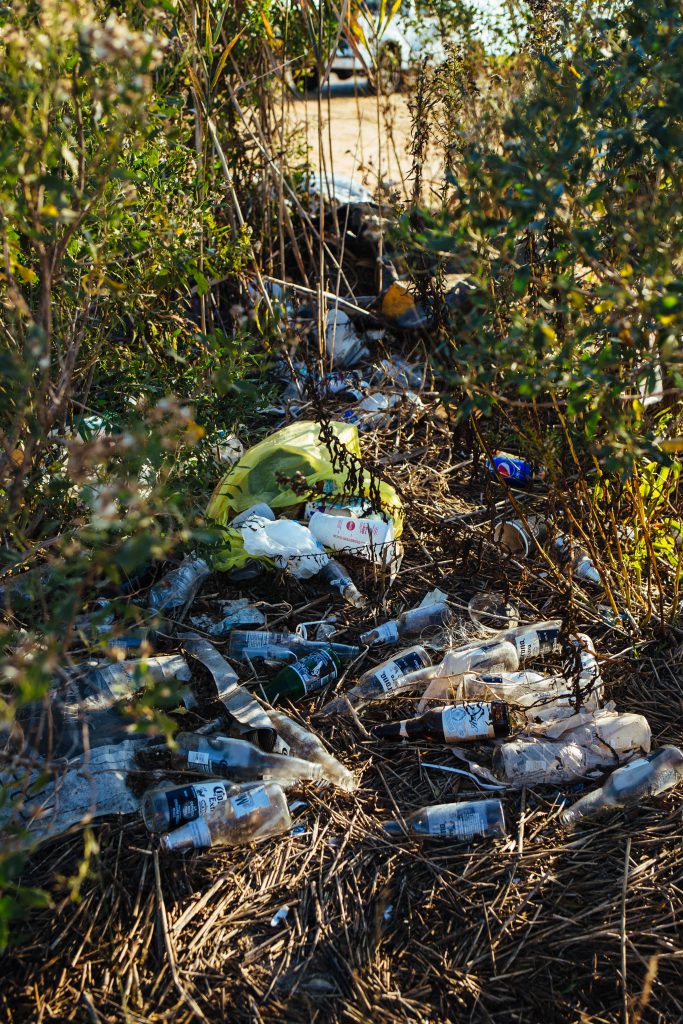
After this initial coastal cleanup, we will be holding additional cleanups of this site and will recruit local volunteers to monitor for nesting in 2018. We will also (hopefully) be working with NJDOT on a plan to limit vehicles on the site, since they are not critical for the public to be able to use the site (many vehicles have become flooded here from the low elevation of this site). Lastly, we hope to work with DOT to install no dumping/littering signs and educational interpretive signs about high marsh habitat and terrapins.
Special thanks to everyone who came out to help, including the NJDOT Environmental Unit from Trenton!
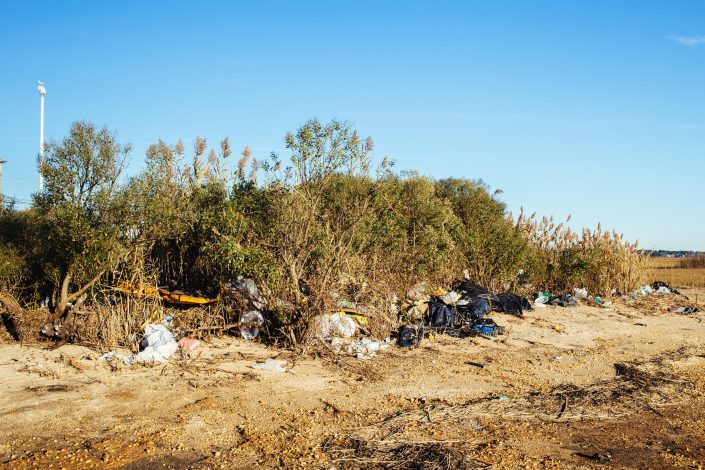
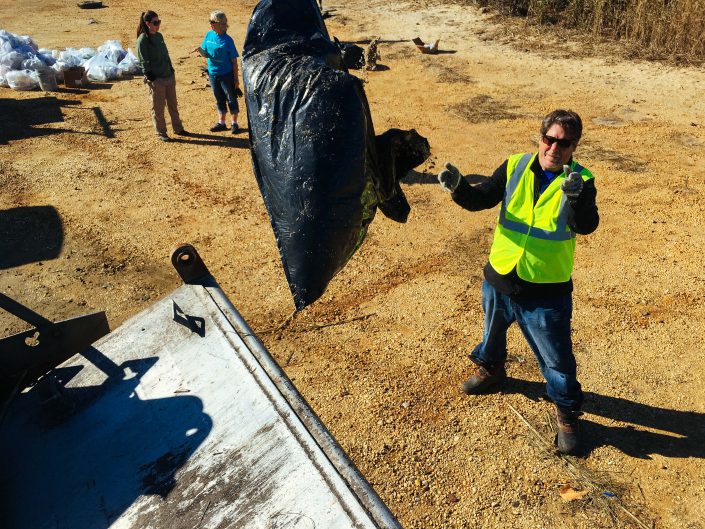
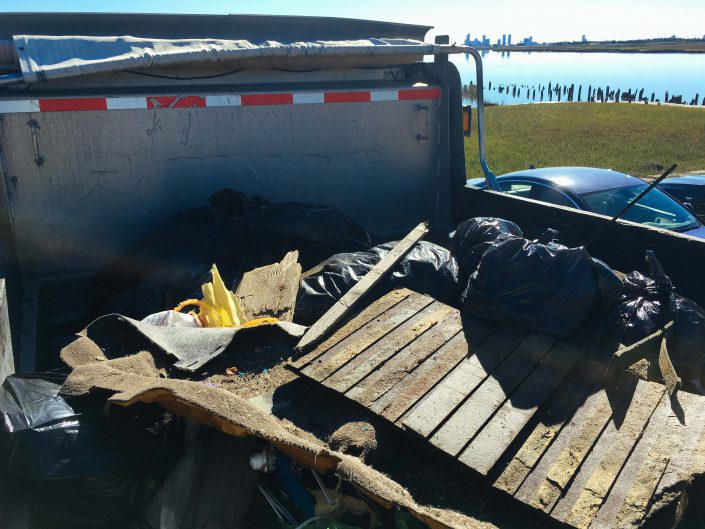
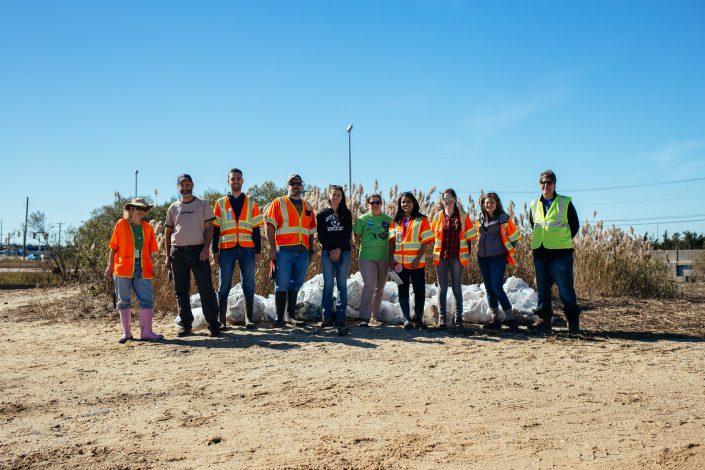
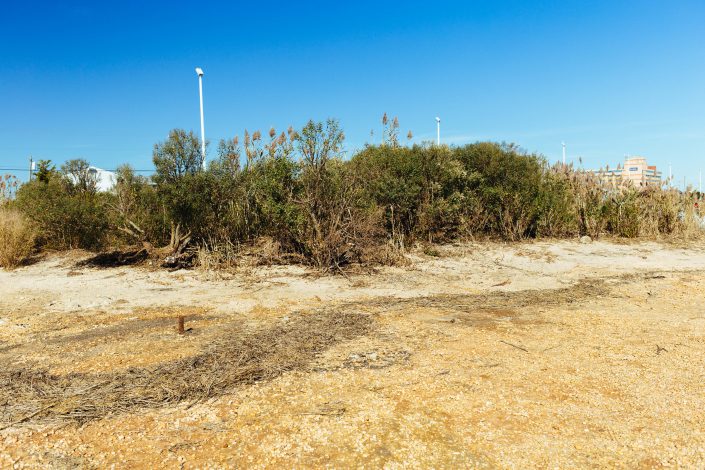
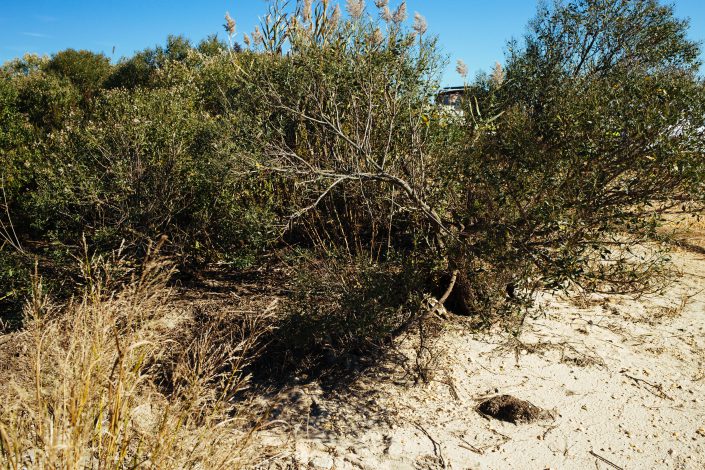
Discover more from Conserve Wildlife Foundation of NJ
Subscribe to get the latest posts sent to your email.
Leave a Comment
Awesome job by everyone involved. I’ve never understood why people choose to litter, it is such a selfish disrespect for our planet and for other users of this resource.
Just thrilling! And Thanks to Ben for this — I had the privilege of sitting in on his osprey talk in the Pinelands Short Course. I already thrill to the miracles he’s working with our winged brethren, in fair weather and foul. Does Ben have a blog — I’d like to follow it. Thank you for this good news. Hope you’ve posted this to Facebook! Carolyn Foote Edelmann NJWILDBEAUTY Nature Blog
Comments are closed.